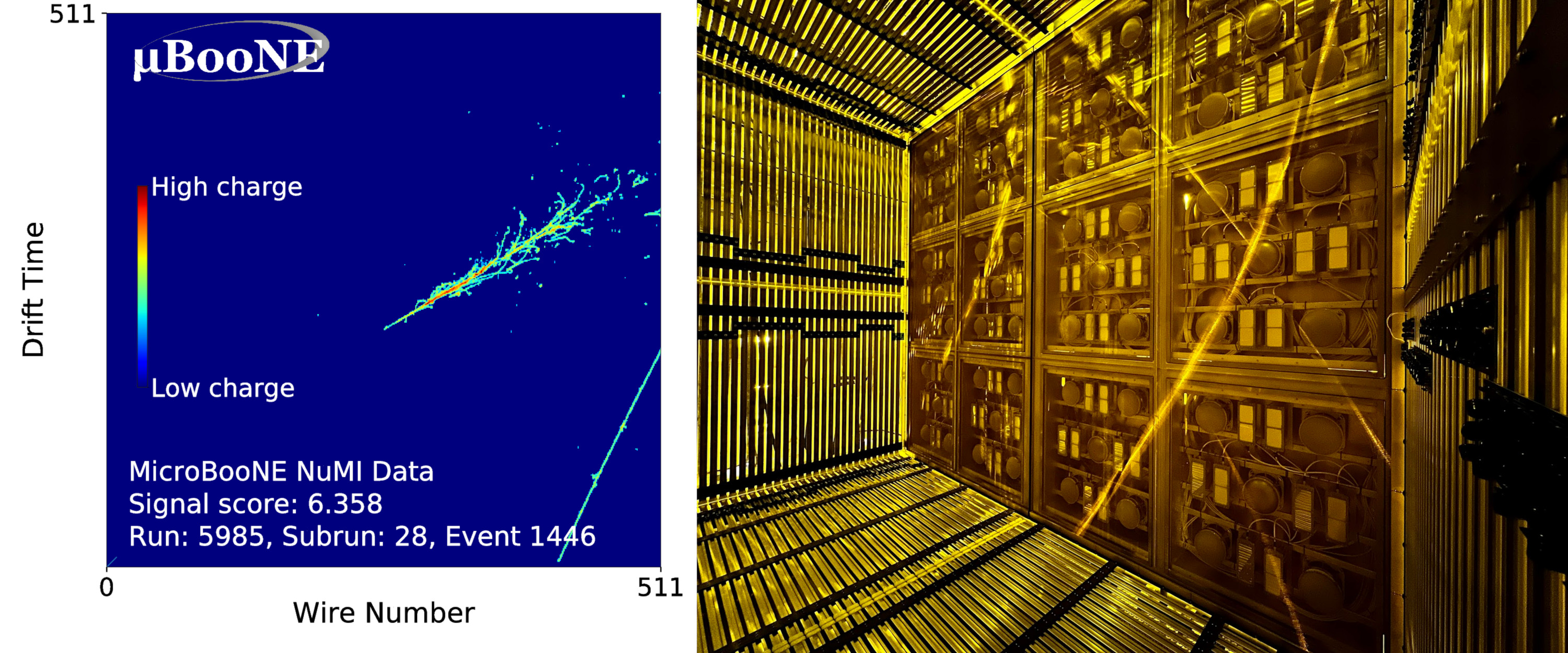PhD in Dark Matter Searches with SBN
Dark-matter searches with SBN
Supervisors: Professor Stefan Soldner-Rembold, Dr Anyssa Navrer-Agasson
The particle nature of dark matter is one of the great mysteries of 21st century physics. The answer, or at least part of it, could lie in a "dark sector": a theoretical world of matter existing alongside our own but invisible to our detectors. Dark sector particles could talk to Standard Model particles through "portal" interactions leading to detectable signatures.
High intensity proton beams used for neutrino production are an ideal source for dark sector searches, as interactions in the beam can result in the production of an array of new particles. Liquid-argon time projection chambers (LArTPCs), like MicroBooNE at Fermilab, have provided world-leading results in new physics searches at neutrino beams.
The candidate will be expected to help expand MicroBooNE’s reach in dark sector searches using state-of-the-art analysis techniques such as convolutional neural networks and boosted decision trees, which are ideally suited to the high-resolution image-like data collected by liquid-argon detectors.

In autumn 2024 the SBND detector will start acquiring data from the same beamline. This detector, larger than MicroBooNE and exposed to a higher flux from the beam, will accumulate the largest neutrino-argon interactions dataset, representing an excellent opportunity to search for new physics, including dark matter, axions, Higgs portal scalars, or heavy neutral leptons. The project thus provides the opportunity to contribute to an exciting new physics search programme within international collaborations.


